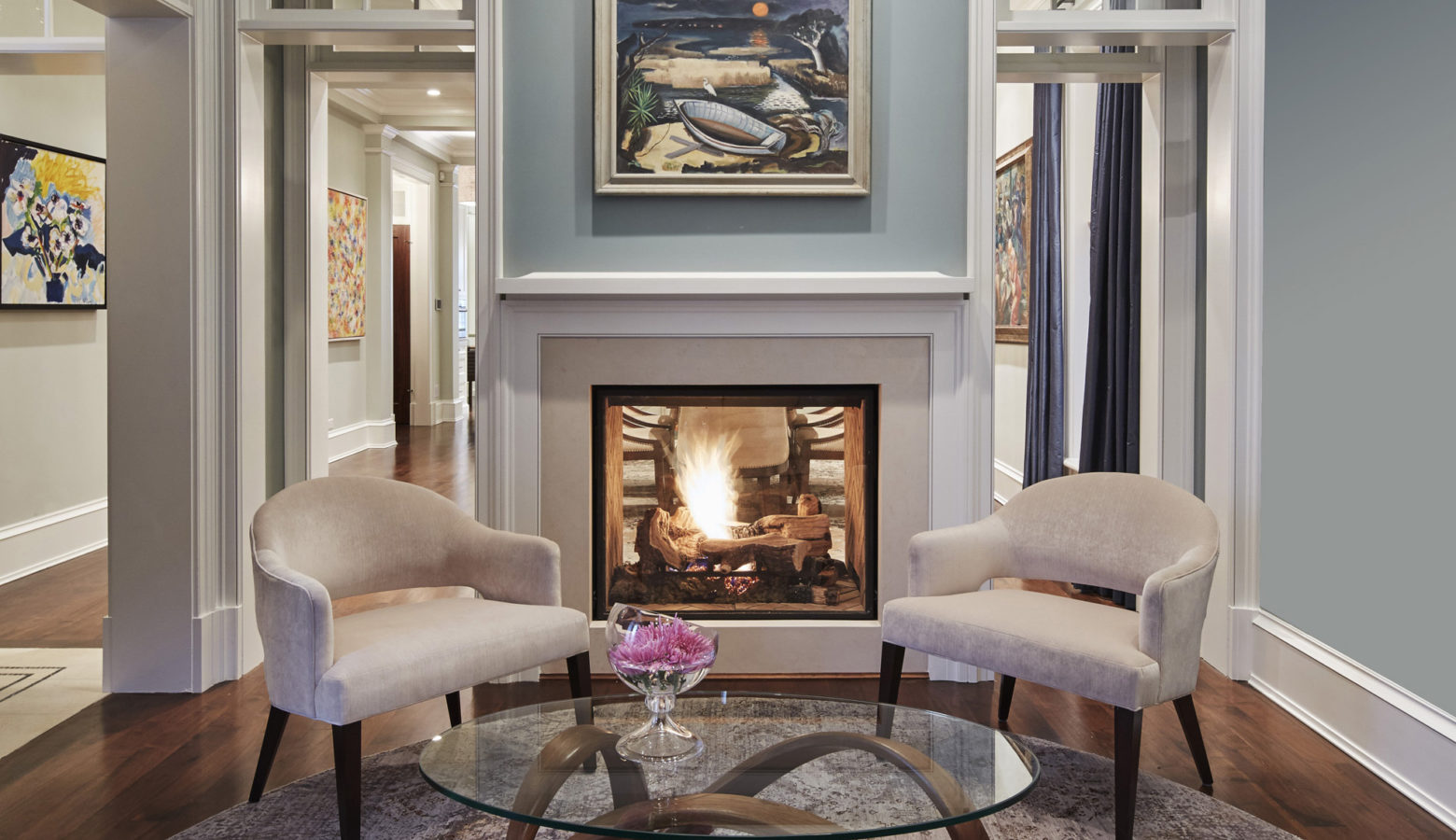

Articles
How To Design A Fireplace
Modified: January 9, 2024
Learn the essential steps and tips to design a stunning fireplace in this comprehensive collection of articles. Transform your living space with our expert guidance.
(Many of the links in this article redirect to a specific reviewed product. Your purchase of these products through affiliate links helps to generate commission for Storables.com, at no extra cost. Learn more)
Introduction
Designing a fireplace can transform any space into a cozy and inviting retreat. A fireplace not only provides warmth and comfort but also serves as a focal point that adds character and charm to a room. Whether you’re looking to create a traditional, rustic ambiance or a modern, sleek aesthetic, designing a fireplace requires careful planning and consideration.
In this article, we will guide you through the step-by-step process of designing a fireplace, from determining the size and location to selecting the materials and finishes. We will also discuss the different types of fireplaces and fuel options available, as well as provide tips on hiring professionals or embarking on a DIY project. By the end of this article, you will have all the information you need to design a fireplace that reflects your style and creates a welcoming atmosphere in your home.
So, let’s get started with the first step: determining the size and location of your fireplace.
Key Takeaways:
- Designing a fireplace involves careful consideration of size, type, fuel, materials, and installation options. It’s a creative journey that can transform your space into a cozy and inviting retreat.
- Whether you choose a traditional wood-burning fireplace or a modern gas or electric option, the final touches and accessories will enhance the aesthetic and functionality of your fireplace area.
Read more: How To Design A Living Room With A Fireplace
Step 1: Determine the Size and Location
The first step in designing a fireplace is to determine the appropriate size and location for it within your space. Consider the dimensions of the room, the layout, and any existing architectural features. Ideally, the fireplace should be placed in a central location, such as the living room, to maximize its impact and create a focal point.
When determining the size of the fireplace, take into account the scale of the room. A large room can accommodate a bigger fireplace, while a smaller room may require a smaller, more compact design. Keep in mind that the proportions should be balanced, and the fireplace should not overwhelm the space or appear too small.
In addition to the size, consider the height of the fireplace. A taller fireplace can create a dramatic statement, while a shorter one can be more understated and blend seamlessly with the room’s decor. The placement of the fireplace should also be considered in relation to furniture and other elements in the room. Ensure there is enough space around the fireplace for seating or other furniture arrangements.
Furthermore, think about the visual impact of the fireplace. Will it be a standalone feature or incorporated into a wall? Will it have a mantel or a clean, minimalist design? These decisions will influence the overall aesthetic and style of the fireplace.
Once you have determined the size and location, it’s time to move on to the next step: choosing the type of fireplace.
Step 2: Choose the Type of Fireplace
Choosing the right type of fireplace is crucial to achieving the desired look and functionality. There are several types to consider, each offering its own unique features and benefits. Let’s explore some of the most popular options:
1. Wood-burning Fireplace: This traditional type of fireplace adds a rustic and cozy charm to any space. It uses wood logs as fuel, providing a crackling fire and the pleasant aroma of burning wood. However, wood-burning fireplaces require regular maintenance, such as cleaning the chimney and disposing of ashes.
2. Gas Fireplace: Gas fireplaces offer convenience and ease of use. They can be operated with a flip of a switch or a remote control, providing instant warmth and ambiance. Gas fireplaces come in various designs, including inserts that can be installed into existing fireplaces or standalone units that require minimal installation.
3. Electric Fireplace: Electric fireplaces are a popular choice for those who want the look and feel of a fireplace without the need for venting or fuel. They are easy to install and provide a realistic flame effect using LED lights. Electric fireplaces are also energy-efficient and can be controlled with a remote or a thermostat.
4. Ethanol Fireplace: Ethanol fireplaces are a modern and eco-friendly option. They use bioethanol fuel, which burns cleanly without releasing harmful emissions. Ethanol fireplaces do not require a chimney or a vent and can be installed in various locations, including indoor and outdoor spaces.
5. Ventless Fireplace: Ventless fireplaces, also known as vent-free or unvented fireplaces, do not require a chimney or a venting system. They use gas or alcohol gel as fuel and are designed to burn efficiently, with minimal heat loss. Ventless fireplaces are versatile and can be placed in different areas of a room.
Consider your preferences, lifestyle, and the available resources when choosing the type of fireplace. Think about factors such as maintenance, energy efficiency, and the desired level of heat output. Additionally, consult with a professional to ensure that the chosen type of fireplace is suitable for your space.
With the type of fireplace selected, it’s time to move on to the next step: considering the fuel options.
Step 3: Consider the Fuel Options
When designing a fireplace, it’s important to consider the fuel options available, as they will directly affect the functionality and maintenance requirements of the fireplace. Here are some common fuel options to consider:
1. Wood: Wood-burning fireplaces provide a traditional and authentic experience. They create a warm and cozy atmosphere, with the crackling sound and pleasant aroma of burning wood. However, using wood as a fuel requires a steady supply of seasoned firewood and regular cleaning of the fireplace and chimney to prevent creosote buildup.
2. Gas: Gas fireplaces offer convenience and ease of use. They can be fueled by natural gas or propane, and provide instant heat at the push of a button or flip of a switch. Gas fireplaces are low-maintenance, as there is no need for firewood or cleaning up ashes. However, they do require professional installation and a gas line connection.
3. Electricity: Electric fireplaces are powered by electricity and do not require any fuel. They offer the advantage of easy installation, as they can be plugged into a standard electrical outlet. Electric fireplaces provide a realistic flame effect using LED lights and often come with adjustable heat settings and remote control operation.
4. Ethanol: Ethanol fireplaces are fueled by bioethanol, a renewable and clean-burning fuel derived from plants. They burn without producing smoke, soot, or ash, making them a low-maintenance option. Ethanol fireplaces do not require a chimney or venting and can be easily installed in various locations. However, they may not provide as much heat output as wood or gas fireplaces.
Consider your preferences, availability of fuel types, and the level of maintenance you are willing to undertake when selecting the fuel option for your fireplace. Each fuel type has its own benefits and considerations, so research and consult with professionals to make an informed decision.
Now that you have considered the fuel options, it’s time to move on to the next step: planning the surrounding design elements of your fireplace.
Step 4: Plan the Surrounding Design Elements
Designing a fireplace involves more than just the fireplace itself. It’s important to plan the surrounding design elements to create a cohesive and visually appealing space. Here are some key considerations:
1. Mantel and Hearth: The mantel and hearth are essential components of a fireplace’s design. The mantel is the shelf above the fireplace, providing a space for displaying decor or personal items. The hearth is the area in front of the fireplace, typically made of stone, tile, or other heat-resistant materials. Consider the style, materials, and proportions of the mantel and hearth, as they can greatly influence the overall aesthetic of the fireplace.
2. Surround and Accent Materials: The surround refers to the area around the fireplace, including the wall, floor, and any architectural detailing. Consider using materials that complement the style of your space, such as stone, brick, tile, or wood. These materials can be used to create a statement wall or add texture and visual interest to the fireplace area. Additionally, incorporate accent materials like metal or glass to add a modern touch.
3. Lighting: Proper lighting is crucial for highlighting the fireplace and creating ambiance. Consider incorporating lighting fixtures or sconces to enhance the visual impact of the fireplace. Additionally, use strategic lighting to highlight any artwork, decorative objects, or architectural details around the fireplace area.
4. Furniture Placement: The placement of furniture around the fireplace will affect the overall layout and functionality of the space. Consider creating a cozy seating arrangement that encourages conversation and relaxation. Arrange furniture to take advantage of the warmth and focal point provided by the fireplace. Also, consider incorporating built-in seating or storage around the fireplace for added functionality and style.
5. Ventilation and Safety: Ensure that proper ventilation is considered when planning the surrounding design elements of the fireplace. This is particularly important for wood-burning and gas fireplaces. Consult with professionals to ensure that the fireplace is properly ventilated and meets safety regulations to prevent the risk of carbon monoxide buildup or fire hazards.
By carefully planning the surrounding design elements, you can create a fireplace that enhances the overall aesthetic of the space and becomes a stunning focal point. Once you have finalized the design elements, it’s time to move forward to the next step: selecting the materials and finishes for your fireplace.
When designing a fireplace, consider the scale and proportion of the space to ensure it complements the room. A large fireplace in a small room can overwhelm the space, while a small fireplace in a large room can feel insignificant.
Step 5: Select the Materials and Finishes
Selecting the right materials and finishes is crucial in bringing your fireplace design to life. The materials and finishes you choose will determine the overall look, feel, and durability of your fireplace. Here are some considerations to keep in mind:
1. Hearth and Surround: The hearth and surround of your fireplace can be made from a variety of materials, including natural stone, marble, tile, brick, or wood. Consider the style and color scheme of your space when selecting these materials. Natural stone, such as limestone or granite, can provide a timeless and elegant look, while tile or brick can add a rustic or contemporary vibe.
2. Mantel: The mantel of your fireplace can be crafted from wood, stone, or even reclaimed materials for a unique and personalized touch. Look for materials that complement the overall style of your space. A sleek, polished wood mantel can add warmth and character, while a stone mantel provides a natural and sophisticated look. Consider the size and proportions of your fireplace when selecting the mantel to ensure it fits harmoniously.
3. Fireplace Facing: The facing of your fireplace refers to the surface surrounding the firebox and can be made from stone, tile, or metal. Stone facings are popular and come in a wide range of options such as granite, slate, or travertine. Tile facings can be versatile and allow for various patterns and designs. Metal facings, such as iron or stainless steel, can add a contemporary and industrial touch to your fireplace.
4. Grate and Screen: If you have a wood-burning fireplace, consider selecting a sturdy grate and screen to complement the design. Grates are usually made of cast iron or steel and provide the support for burning wood. Screens not only enhance the safety aspect but can also be decorative elements, available in various designs and finishes such as brass, bronze, or iron.
5. Finish and Color: The finish and color of your fireplace play a significant role in its overall aesthetic. Consider whether you want the natural beauty of the materials to shine through, which may involve a minimal or transparent finish. Alternatively, you can opt for a painted or stained finish to match the color scheme of your room. Experiment with different finishes and colors to achieve the desired look.
When selecting materials and finishes, take into account the functionality of your fireplace. Ensure that the materials you choose are heat-resistant and durable. It’s also important to consider the maintenance requirements and how well the materials will age over time.
With the materials and finishes selected, you can now move on to the next step: deciding whether to hire a professional or embark on a DIY project to install your fireplace.
Step 6: Hire a Professional or DIY?
When it comes to installing a fireplace, you have the option to hire a professional or embark on a DIY project. Both approaches have their own advantages and considerations. Let’s explore the pros and cons of each:
Hiring a Professional:
1. Expertise: Professionals have the knowledge, skills, and experience to install your fireplace correctly and safely. They are familiar with building codes and regulations, ensuring compliance and reducing the risk of potential hazards.
2. Time and Efficiency: Hiring professionals can save you time and effort. They have the necessary tools and resources to complete the installation efficiently, allowing you to enjoy your fireplace sooner.
3. Warranty and Insurance: Professional installation often comes with reliable warranties and insurance coverage. This provides peace of mind, ensuring that any issues or damages will be addressed and covered by the installer.
4. Customization and Design: Professionals can offer valuable insights and recommendations for designing your fireplace. They can help you choose the most suitable materials, finishes, and design elements to achieve your desired aesthetic.
DIY (Do-It-Yourself):
1. Cost Savings: DIY installation can be more budget-friendly, as it eliminates labor costs associated with hiring professionals.
2. Personal Satisfaction: Taking on a DIY project can be rewarding and fulfilling. It allows you to have full control over the design and installation process, ensuring that your vision is brought to life.
3. Learning Experience: DIY projects provide an opportunity to learn new skills and gain knowledge about fireplace installation. It can be a valuable educational experience that can be applied to future projects.
However, it’s important to consider the following factors before opting for a DIY installation:
1. Safety: Improper installation can pose serious risks, such as fire hazards or carbon monoxide leaks. If you do not have the necessary expertise and knowledge, it’s best to leave the installation to professionals.
2. Building Codes and Permits: DIY installations must still comply with local building codes and regulations. Familiarize yourself with the requirements and obtain any necessary permits before proceeding.
3. Time and Effort: Installing a fireplace can be a complex and time-consuming task. Assess your own skills, abilities, and availability to dedicate to the project. If you are unsure, it may be best to hire a professional.
Ultimately, the decision depends on your own capabilities, comfort level, and budget. If you decide to hire a professional, research and compare different contractors, read reviews, and ask for references. If you opt for a DIY installation, ensure that you educate yourself and follow proper guidelines and instructions.
With the decision made, it’s time to move on to the next step: actually installing the fireplace.
Step 7: Install the Fireplace
Now that you have determined the size, chosen the type, planned the design elements, and made a decision on whether to hire a professional or tackle the installation yourself, it’s time to install your fireplace. This step requires careful attention to detail and adherence to safety guidelines. Here are some key considerations:
1. Preparation: Before installation, ensure that you have all the necessary tools, equipment, and materials. Review the manufacturer’s installation instructions and follow them closely. Make sure the installation area is clean, clear of obstructions, and meets any required codes or regulations.
2. Gas and Electrical Connections: If you have chosen a gas or electric fireplace, it’s essential to ensure proper connection to the gas line or electrical supply. If you are not experienced with gas or electrical work, it’s strongly recommended to hire a licensed professional to handle these connections to avoid any safety hazards.
3. Ventilation: If required for your chosen fireplace type, ensure that the ventilation system is properly installed and meets the necessary safety standards. This is particularly important for wood-burning and gas fireplaces to prevent the buildup of carbon monoxide and ensure proper airflow.
4. Secure the Fireplace: Depending on the type of fireplace, secure it in place according to the manufacturer’s instructions. This may involve mounting brackets, attaching it securely to the wall or floor, or ensuring that it fits snugly within an existing fireplace structure.
5. Chimney Maintenance: If you have a wood-burning fireplace, it’s crucial to regularly maintain the chimney by cleaning it from soot and debris. This will help improve the safety and efficiency of the fireplace, preventing potential chimney fires or blockages.
6. Safety Measures: Install any necessary safety features, such as screens or gates, to protect against sparks, prevent accidental contact with hot surfaces, and keep children and pets safe.
7. Final Inspection: Once the installation is complete, conduct a final inspection to ensure everything is in proper working order. Test the fireplace to ensure it ignites and operates correctly. If you have any concerns or issues, contact a professional for assistance.
It’s important to note that the installation process may vary depending on the type of fireplace and your specific circumstances. If you are uncertain about any aspect of the installation, it is always best to consult or hire a professional to ensure a safe and successful installation.
With the fireplace installed, we now move on to the final step: adding the finishing touches and accessories to complete the look.
Step 8: Add Final Touches and Accessories
Congratulations on successfully installing your fireplace! The final step in designing your fireplace is to add the finishing touches and accessories that will enhance its aesthetic appeal and functionality. Here are some ideas to consider:
1. Decorative Elements: Personalize your fireplace by adding decorative elements such as artwork, mirrors, or framed photos above the mantel. This will add a personal touch and further enhance the visual appeal of the fireplace. Choose pieces that complement the style and ambiance you want to create in your space.
2. Hearth Decor: The hearth area offers an opportunity to display decorative objects such as vases, candles, or plants. Choose items that are heat-resistant and enhance the overall look and feel of your fireplace. Consider incorporating seasonal decor to change the ambiance throughout the year.
3. Firewood Storage: If you have a wood-burning fireplace, consider adding a stylish and functional firewood storage solution. This can be in the form of a built-in compartment, a freestanding rack, or even decorative baskets. Keeping firewood within easy reach not only adds convenience but also adds to the rustic charm of the fireplace.
4. Fireplace Tools: Invest in a set of fireplace tools to make maintenance and fuel management easier. Essential tools include a poker, brush, shovel, and tongs. Choose tools that match the style of your fireplace and reflect your personal taste.
5. Seating and Cozy Accessories: Arrange seating around the fireplace to create a cozy and welcoming space. Incorporate comfortable chairs, cushions, and throws to make the area inviting. Consider adding a rug to define the seating area and further enhance the comfort and coziness.
6. Lighting: Accentuate the fireplace by incorporating appropriate lighting. Consider installing dimmable recessed lights, adjustable spotlights, or wall sconces to highlight the fireplace and create a warm ambiance. Use a combination of task, ambient, and accent lighting to create the desired mood in your space.
7. Storage Solutions: If you have space around the fireplace, incorporate storage solutions to keep fire-related items organized and easily accessible. This can include shelves or built-in cabinets to store firewood, accessories, and other essentials.
Remember to consider safety when adding final touches and accessories. Ensure that any decorations or furnishings are a safe distance from the fireplace to prevent the risk of fire hazards.
By carefully selecting and arranging these final touches and accessories, you can transform your fireplace into a stylish and functional centerpiece that enriches your living space.
Congratulations once again on completing the process of designing and installing your fireplace. Enjoy the warmth, the beauty, and the ambiance it brings to your home!
Conclusion
Designing a fireplace is a rewarding and creative endeavor that can significantly enhance the ambiance and functionality of your living space. From determining the size and location to selecting the type of fireplace, fuel options, materials, and finishes, each step plays a crucial role in creating a fireplace that reflects your style and meets your needs.
Through careful planning and consideration, you can create a fireplace that becomes the focal point of your room, providing warmth, comfort, and beauty all year round. Whether you opt for a traditional wood-burning fireplace, a convenient gas fireplace, or a versatile electric or ethanol fireplace, the choices you make will influence the overall look and feel of your space.
Remember to consider safety regulations and consult with professionals when necessary. Hiring a professional installer can save you time and provide expertise, ensuring a secure and efficient installation process.
Once the installation is complete, adding the final touches and accessories will bring your fireplace design to life. Decorative elements, seating arrangements, lighting, and storage solutions will contribute to the overall aesthetic and functionality of your fireplace area.
As you enjoy the warmth and beauty of your fireplace, don’t forget to maintain it properly. Regular cleaning, chimney maintenance, and adherence to safety guidelines are essential in ensuring the longevity and smooth operation of your fireplace.
Designing a fireplace is a journey that involves creativity, attention to detail, and consideration of personal preferences and lifestyle. With the guidance provided in this article, you have the knowledge and tools to design and install a fireplace that will become an inviting and cherished feature in your home.
So, go ahead, embrace the warmth, gather around the hearth, and create memories that will last a lifetime with your beautifully designed fireplace.
Frequently Asked Questions about How To Design A Fireplace
Was this page helpful?
At Storables.com, we guarantee accurate and reliable information. Our content, validated by Expert Board Contributors, is crafted following stringent Editorial Policies. We're committed to providing you with well-researched, expert-backed insights for all your informational needs.
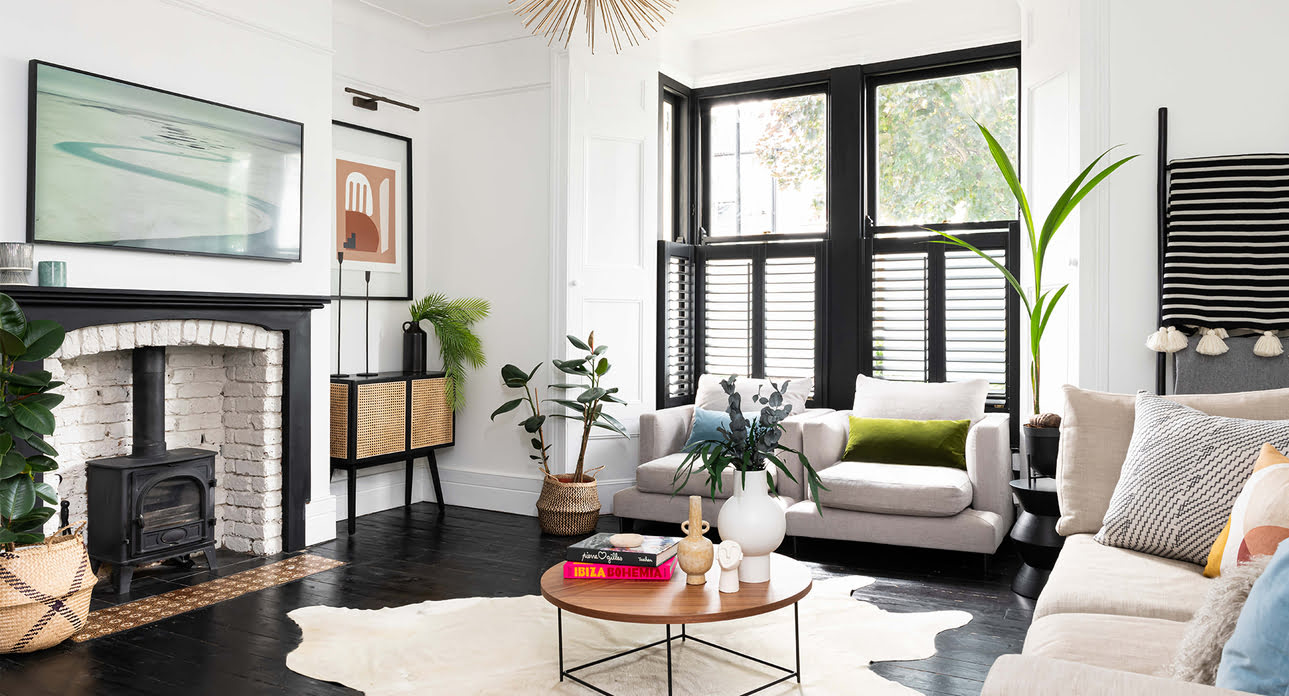
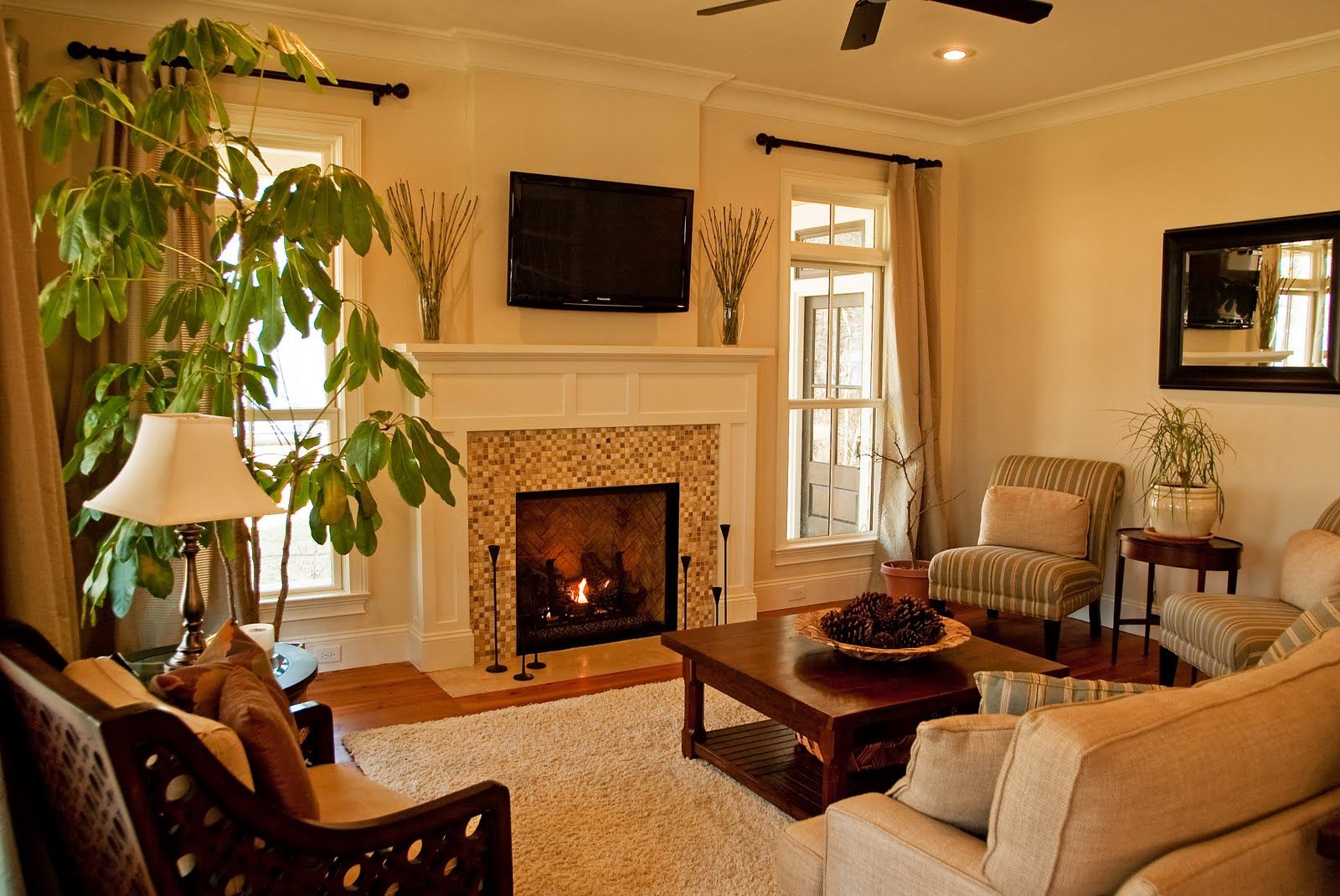
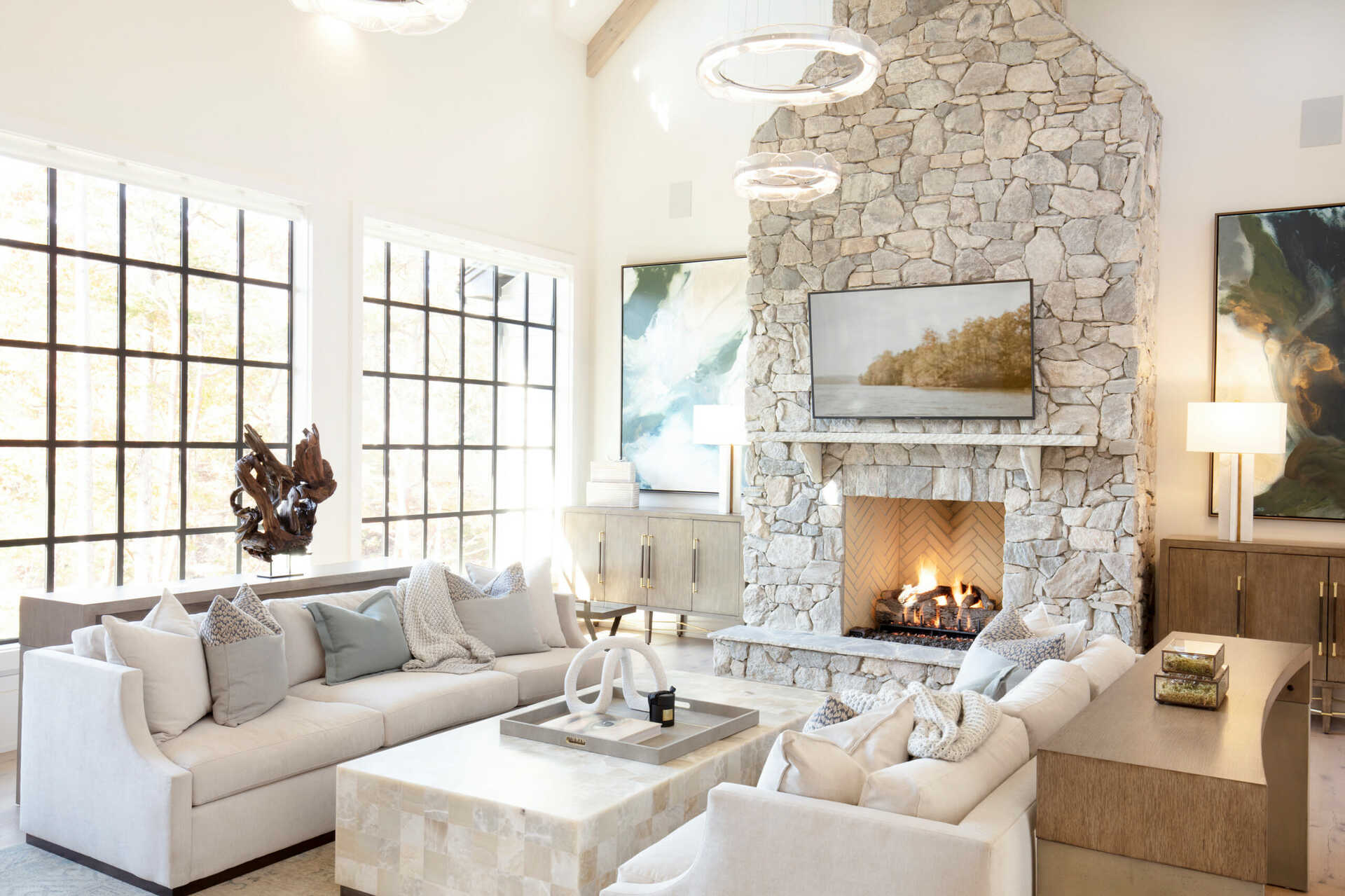
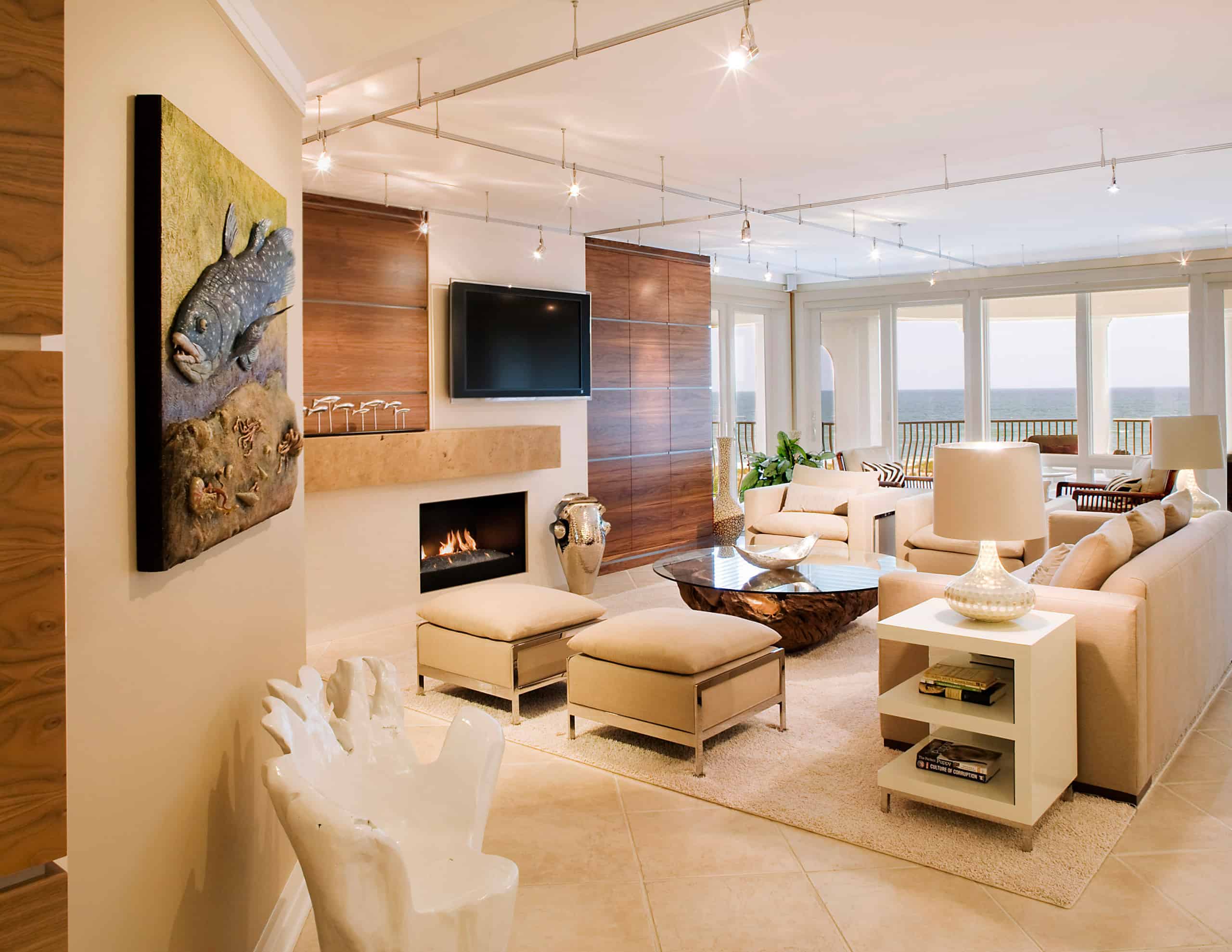
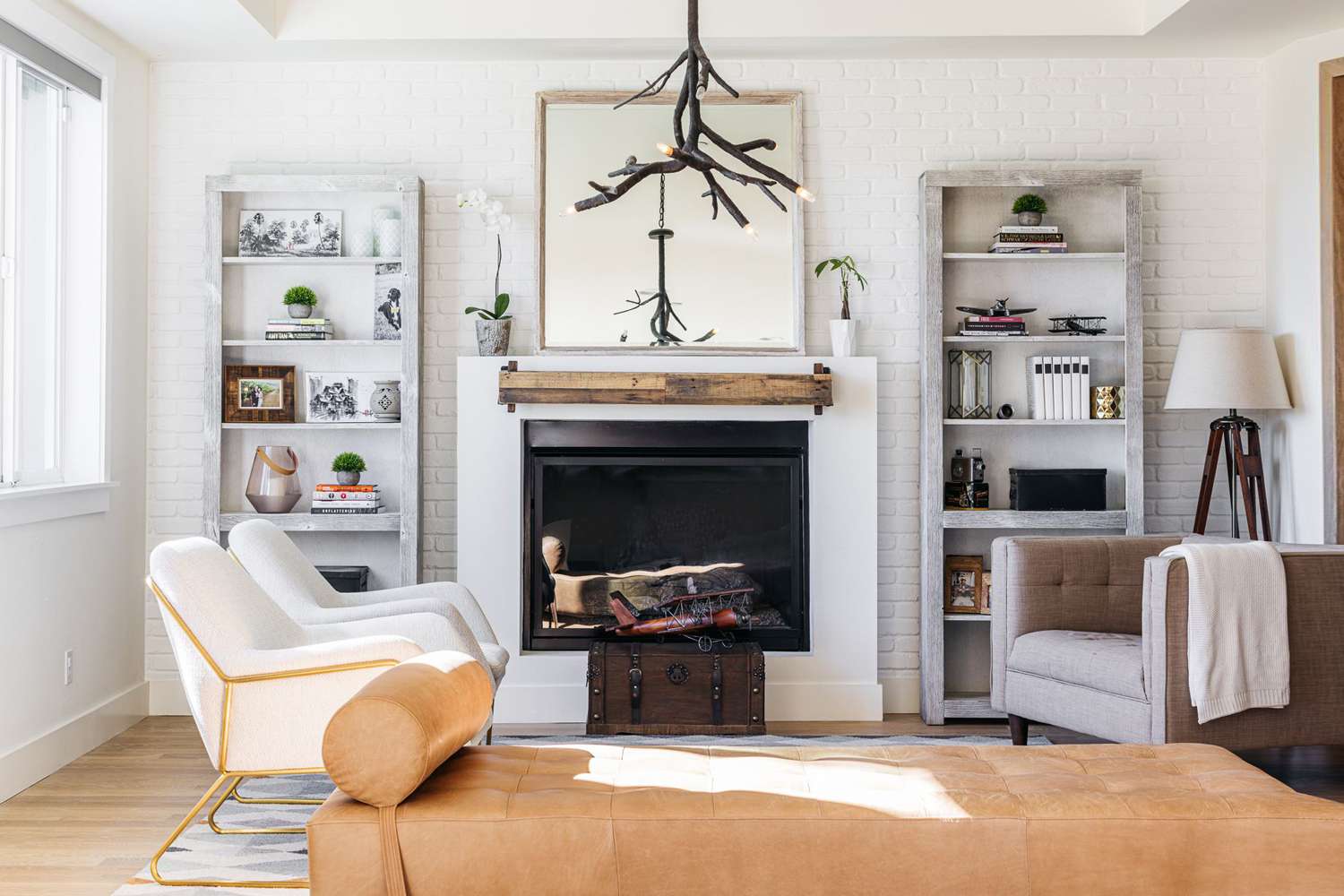
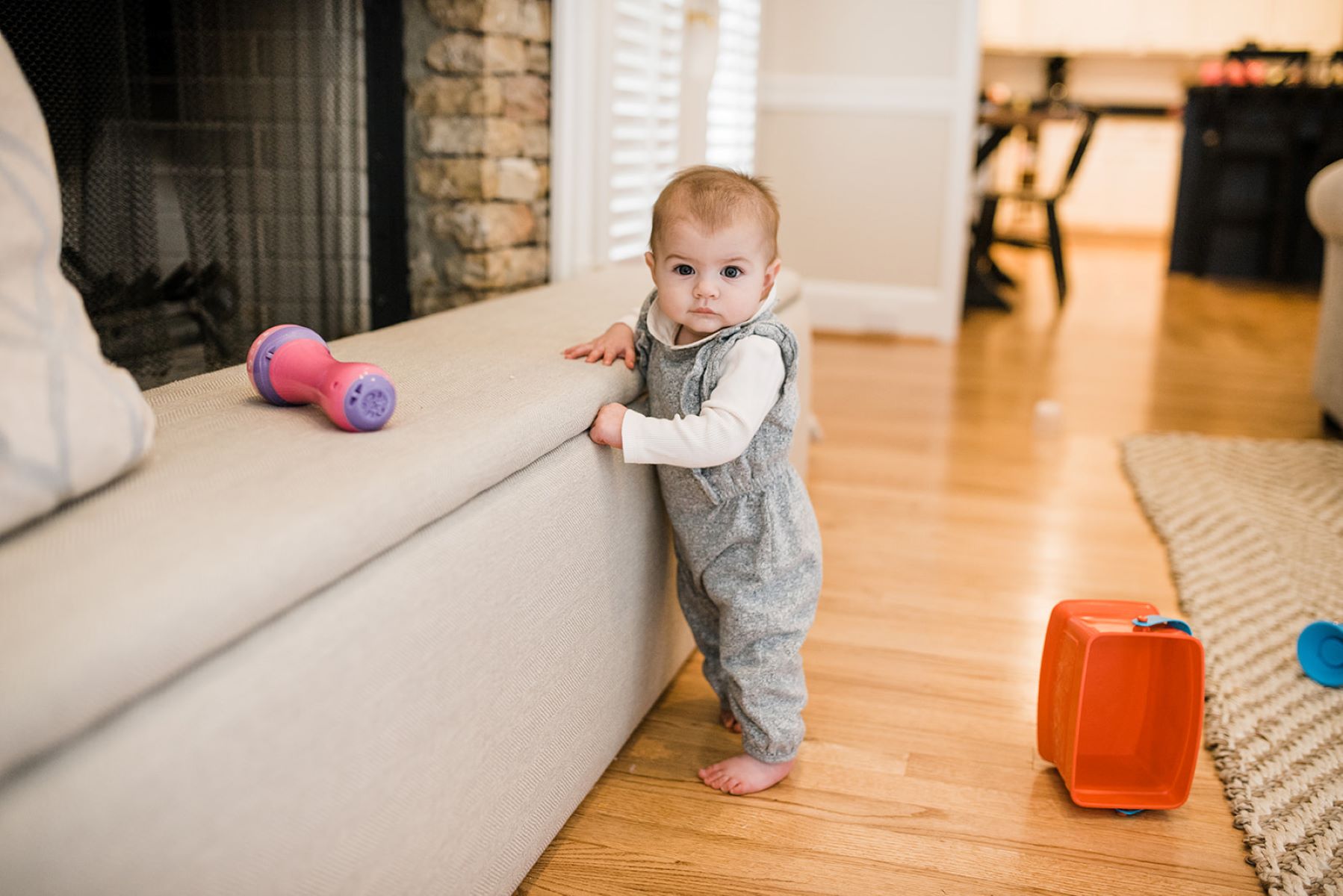
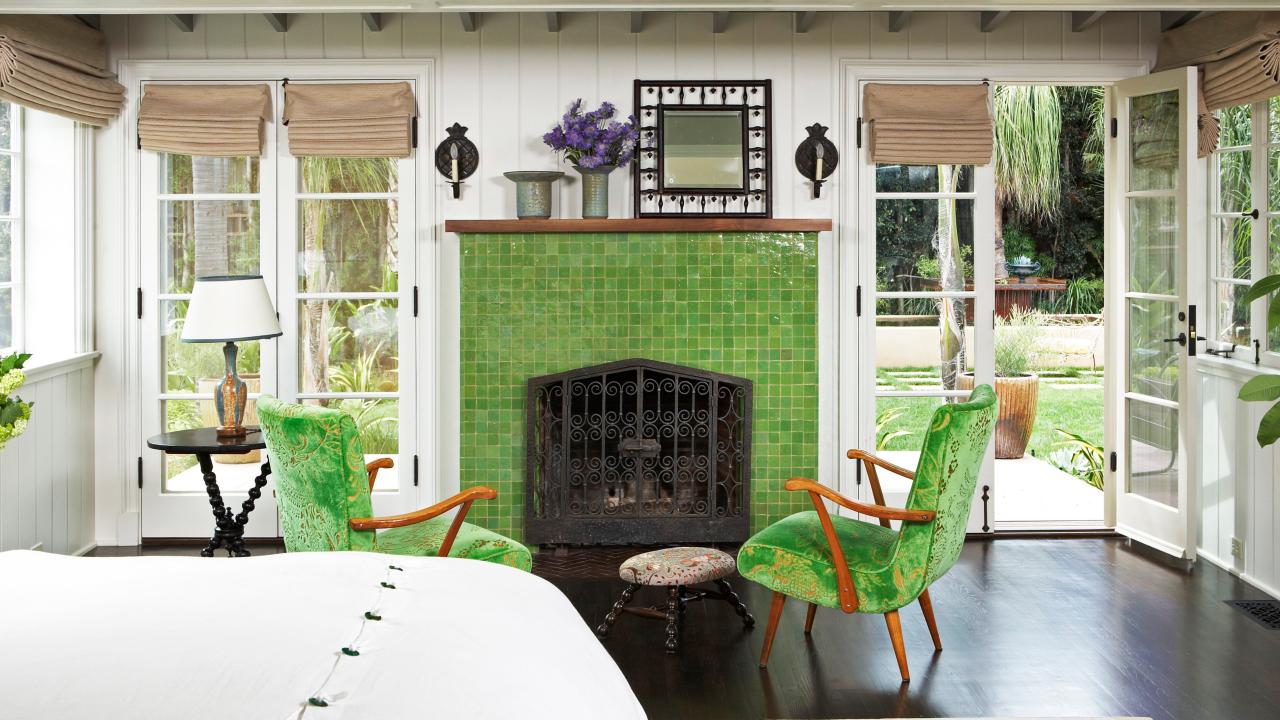
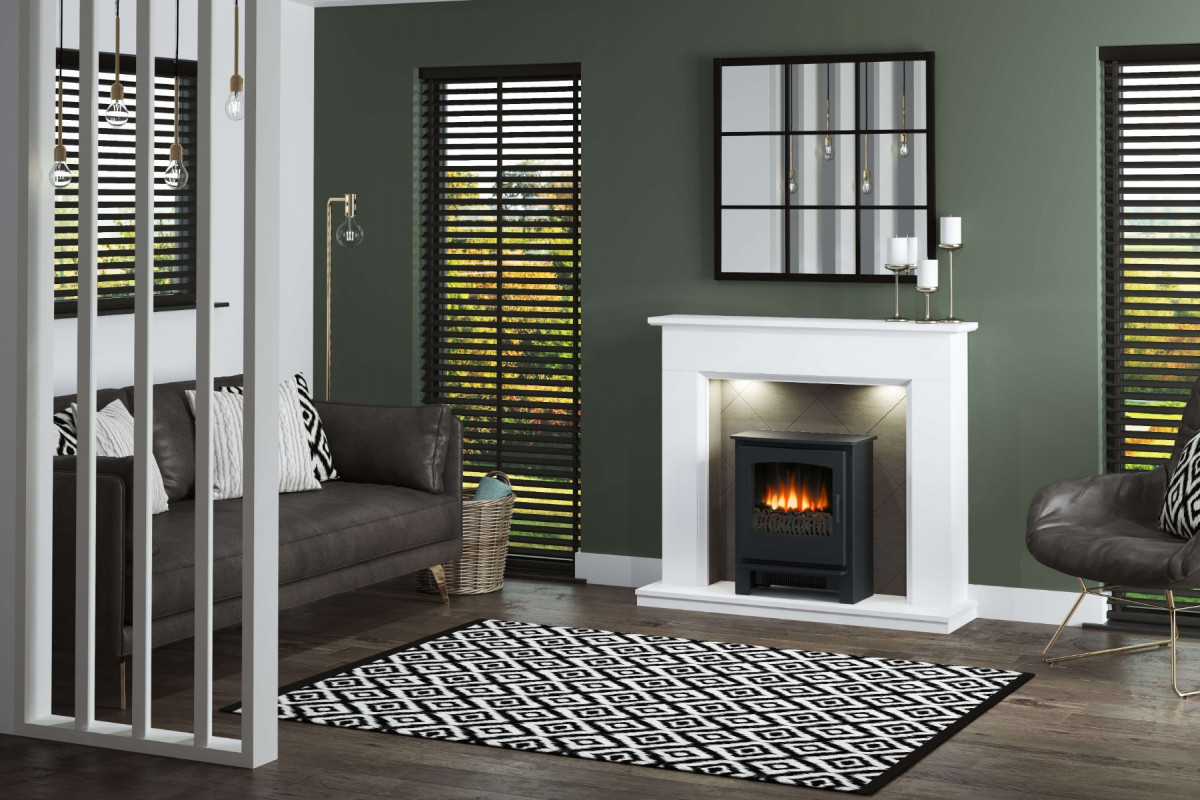
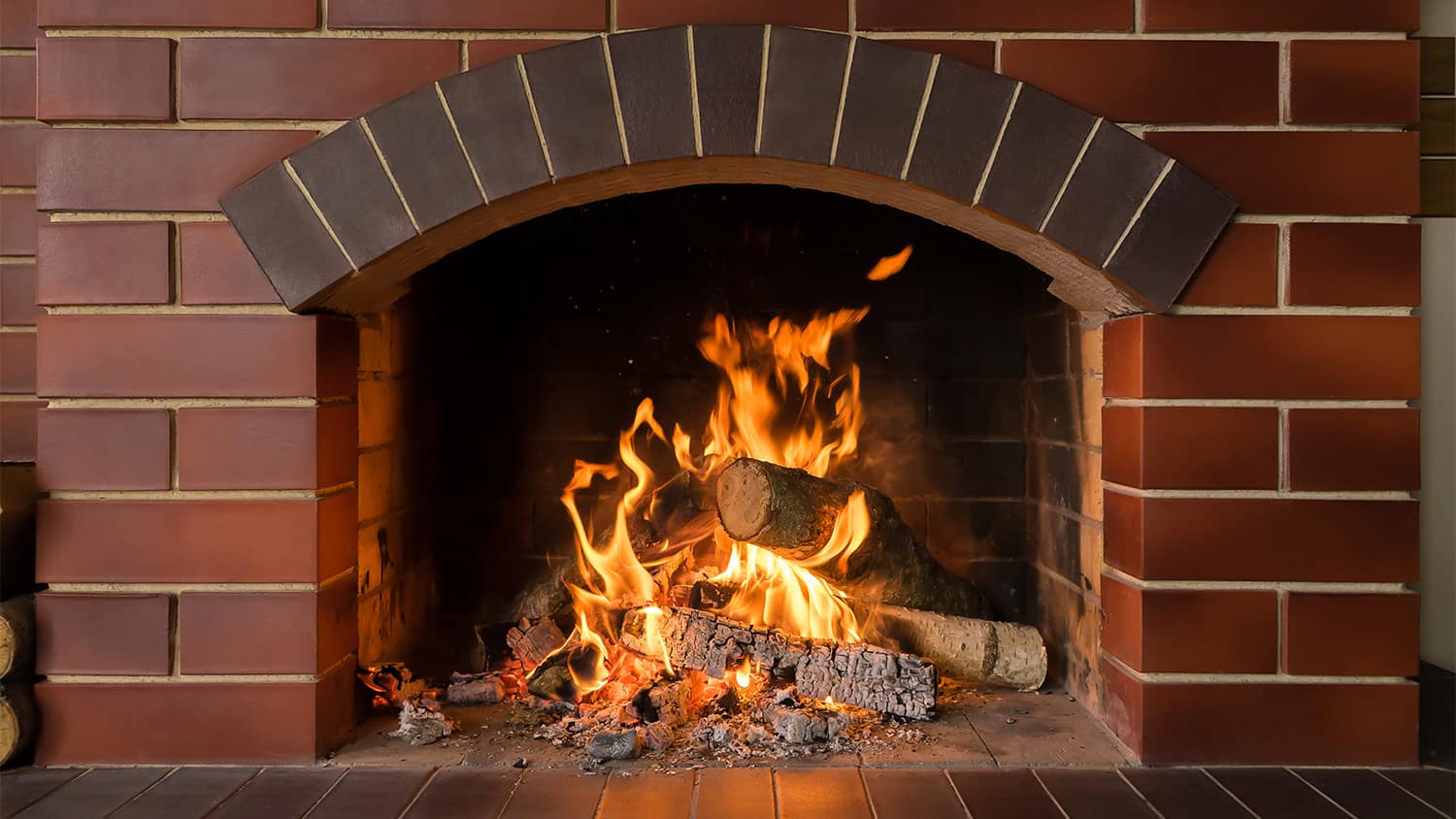
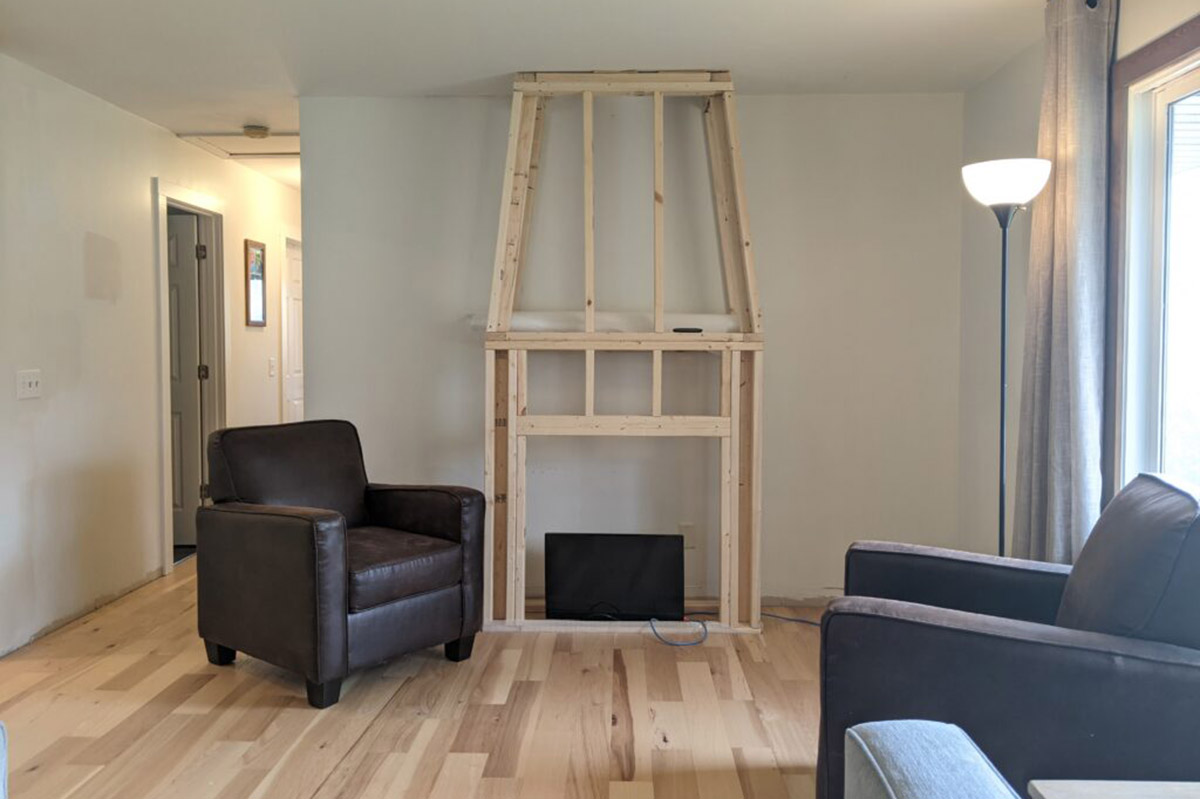
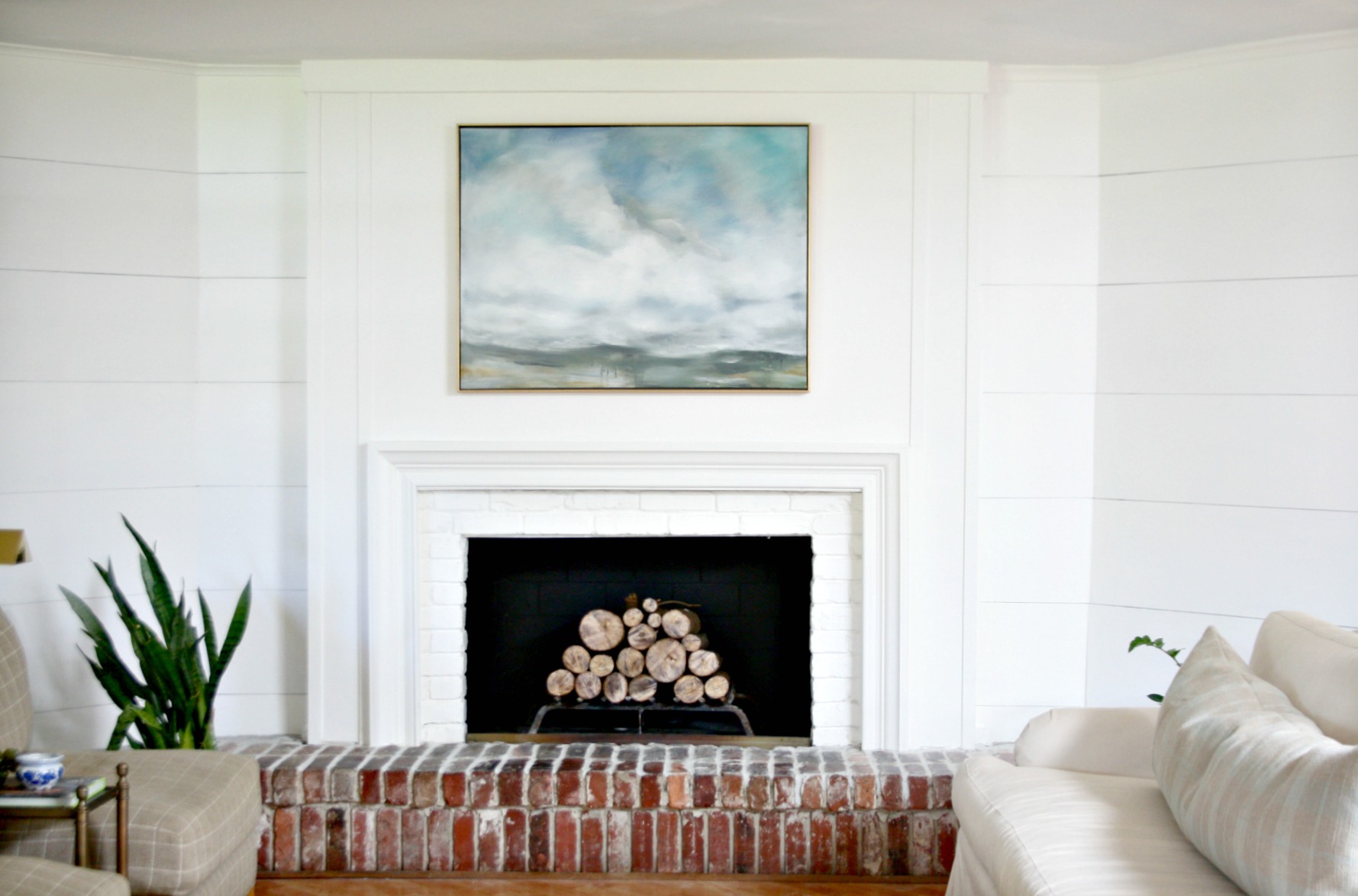
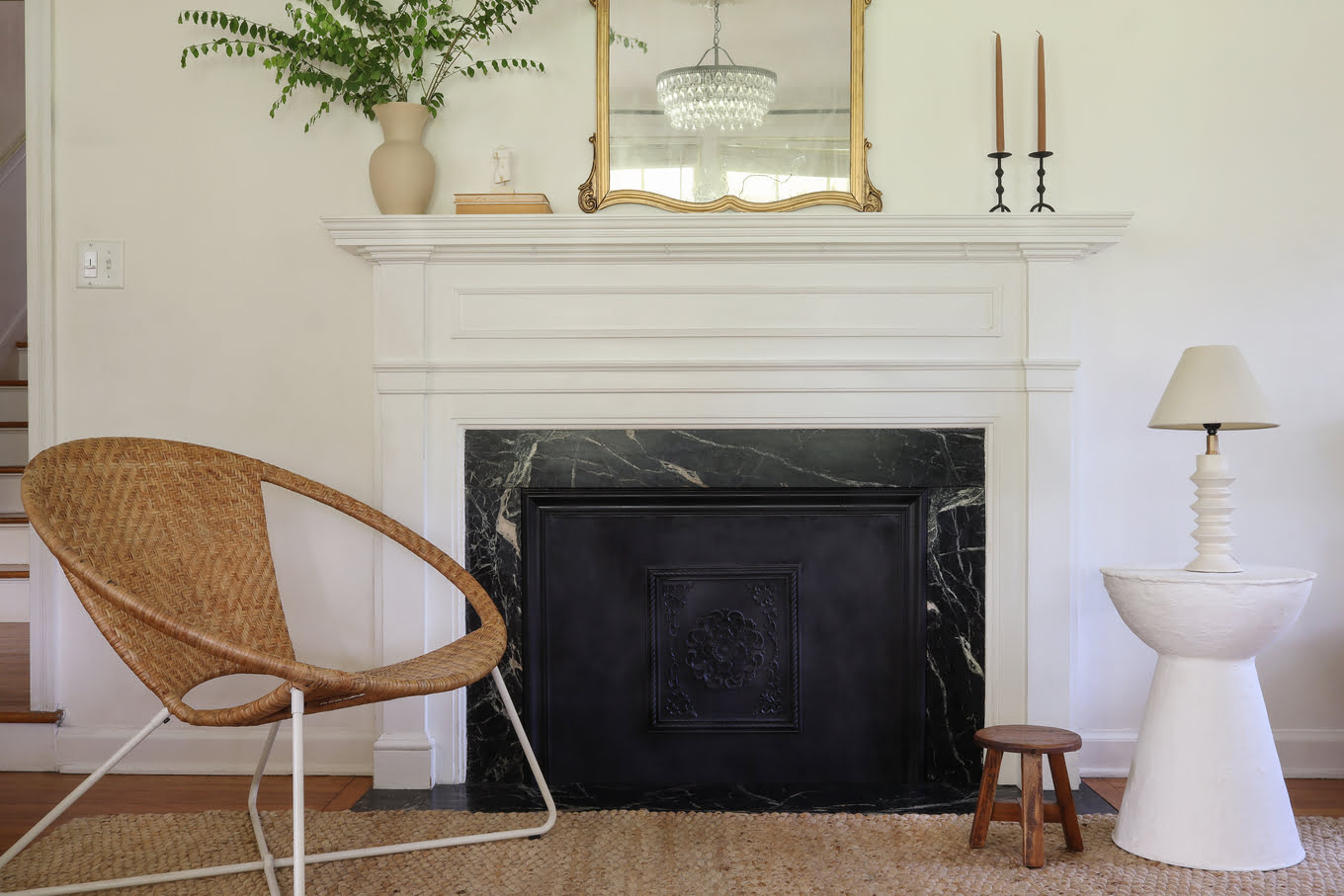
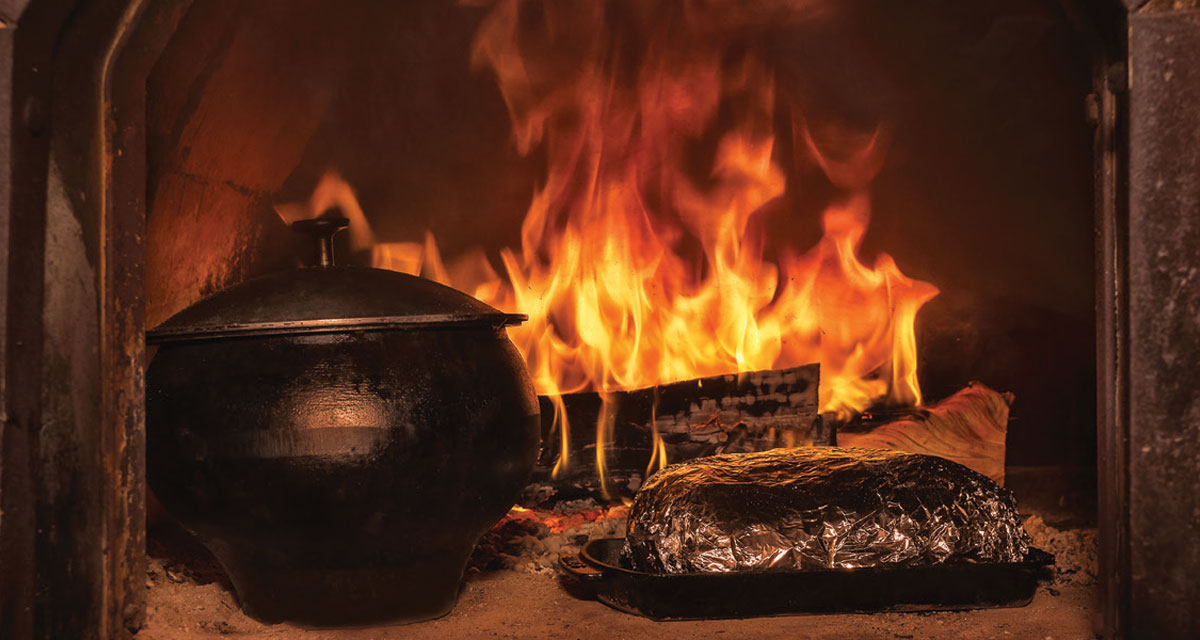

0 thoughts on “How To Design A Fireplace”